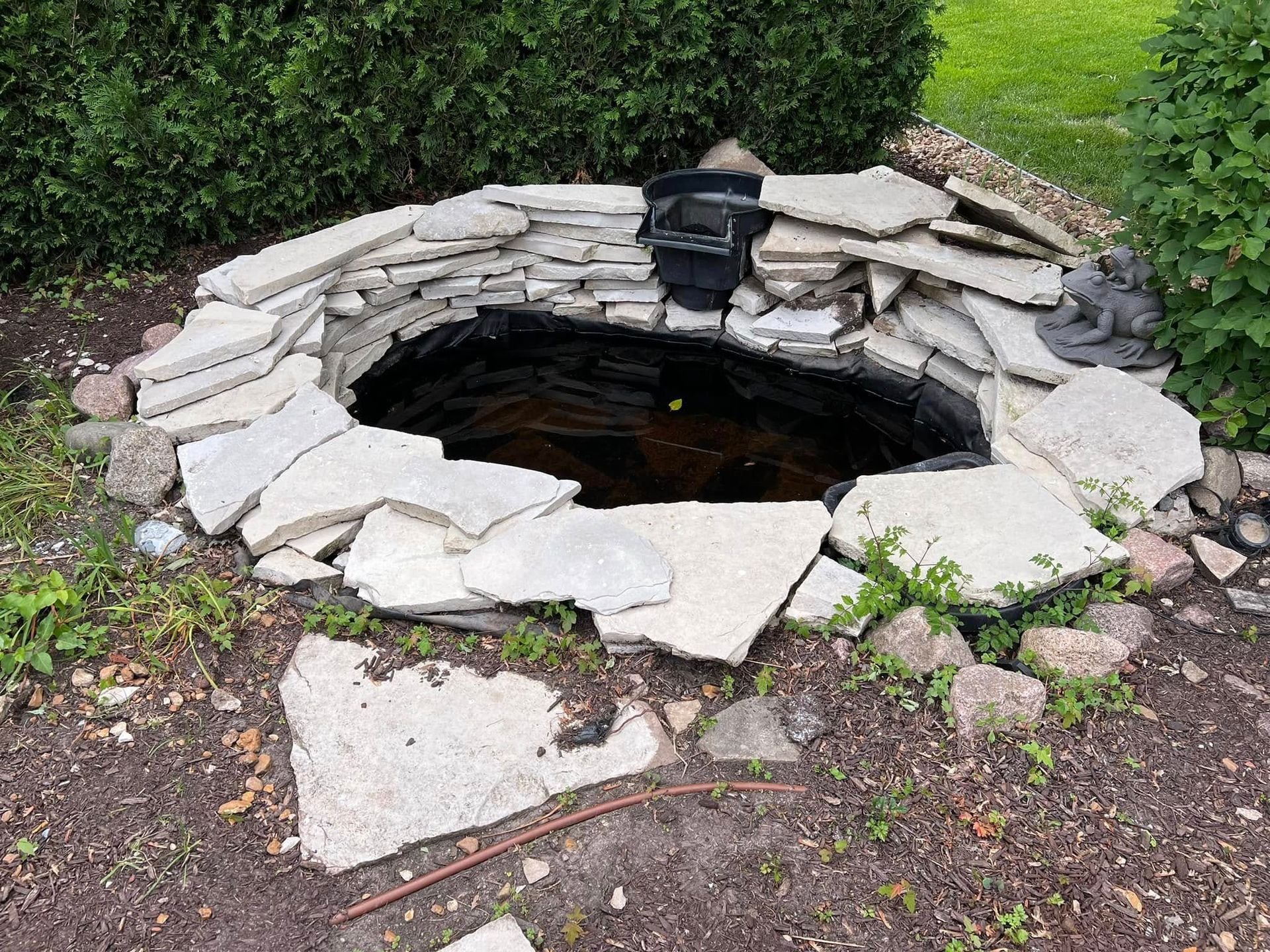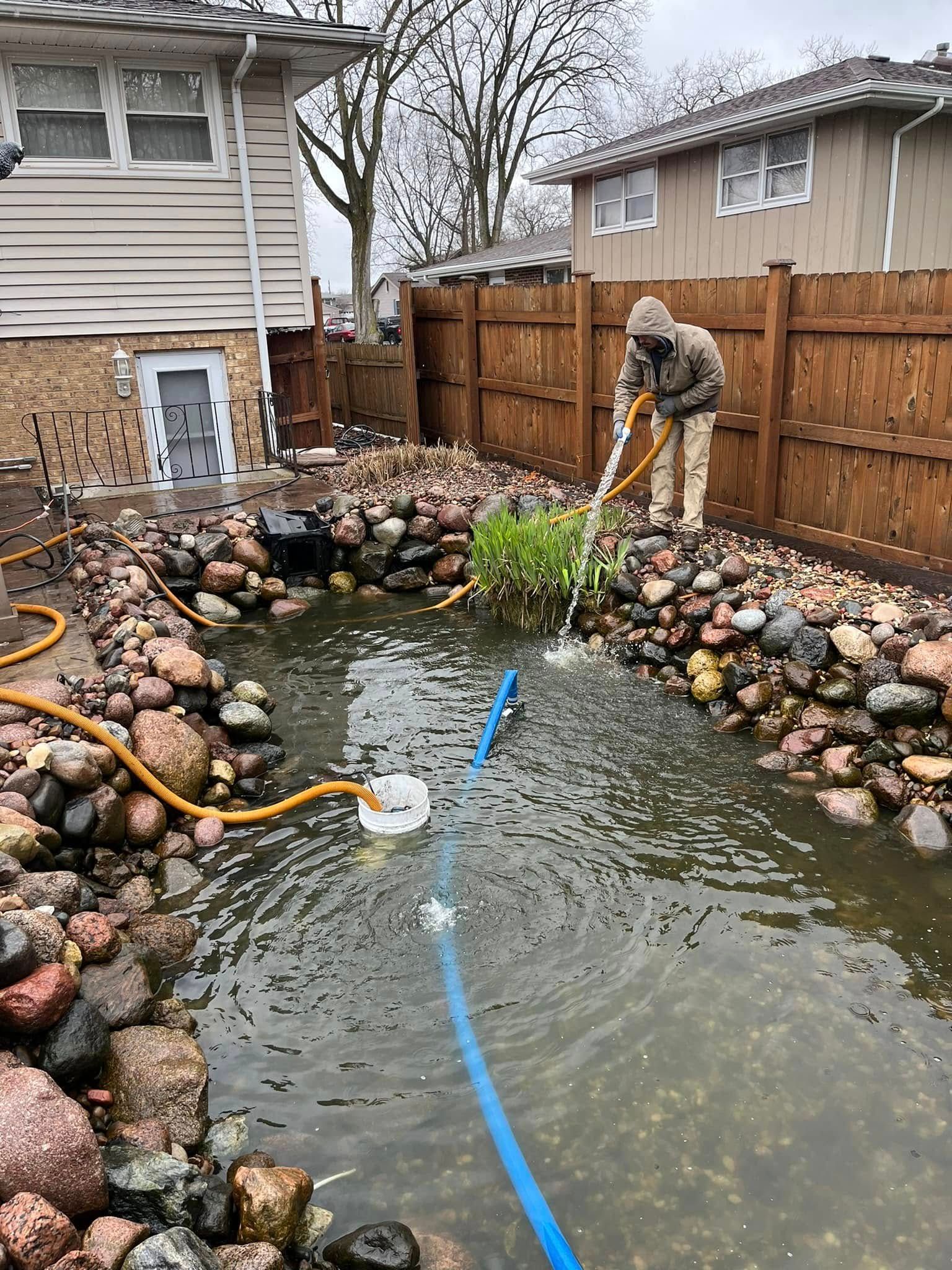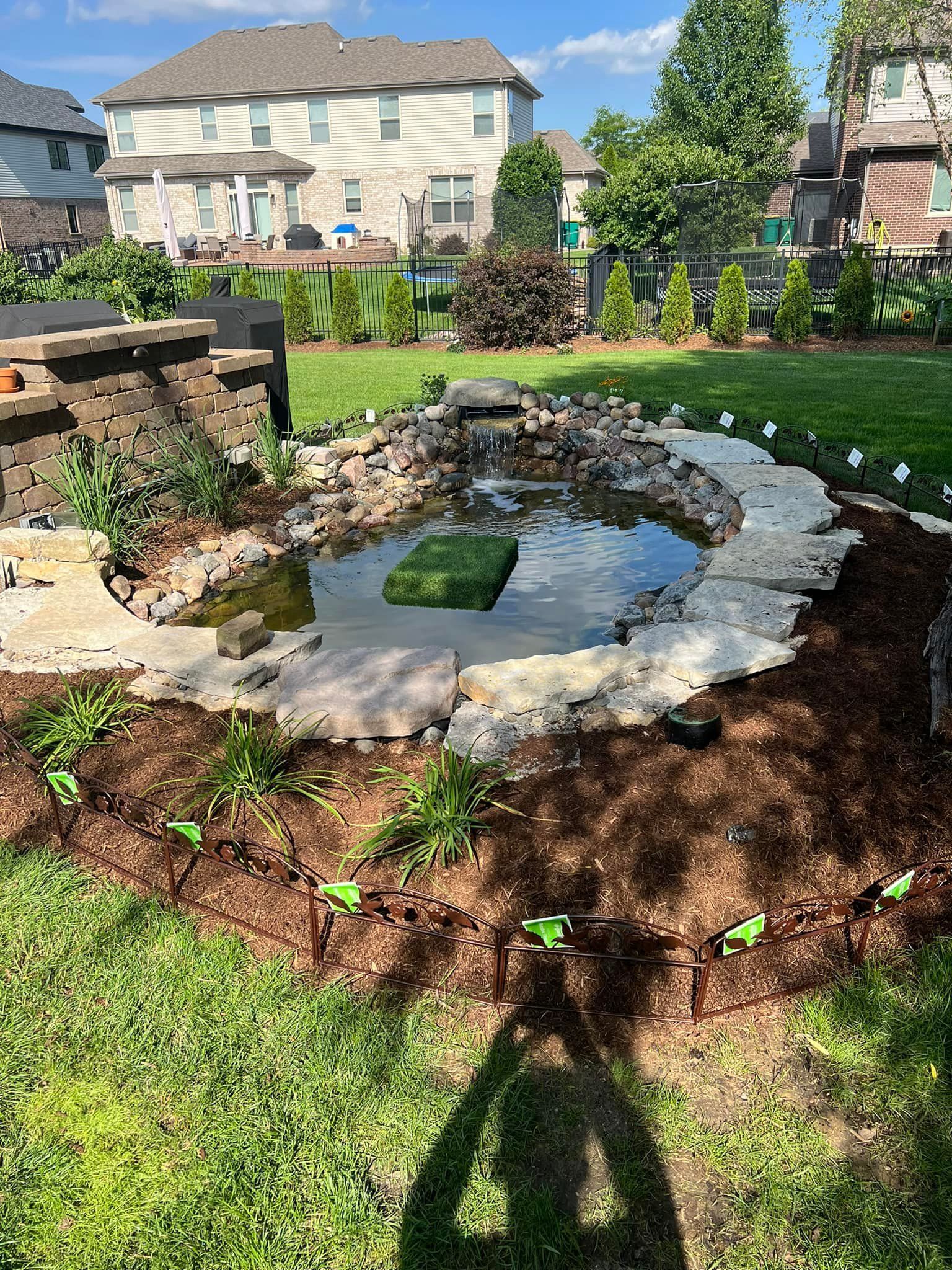The Ultimate Guide to Pond Water Pumps
May 14, 2025

A well-functioning pond pump is the heartbeat of any backyard pond. It keeps water circulating, supports filtration, and brings essential oxygen to fish and aquatic plants. Whether you're planning a new pond or maintaining an existing one, understanding the different types of pond water pumps and how they work is key to a healthy and beautiful water feature.
Why Pond Pumps Matter
Pond pumps do far more than just move water—they support every part of your pond’s ecosystem. Without a pump, water becomes stagnant, oxygen levels drop, and debris begins to collect. This creates the perfect environment for algae blooms, foul odors, and unhealthy conditions for fish. A reliable pump keeps the water fresh, clean, and moving.
Types of Pond Water Pumps
There are several types of pond pumps, each designed to meet specific needs:
Submersible Pumps
These are placed directly in the pond and are ideal for small to medium-sized water features. They're easy to install, run quietly, and work well with skimmers and filtration units.
External Pumps
Mounted outside the pond, external pumps are best suited for larger ponds that require higher flow rates. They’re more energy-efficient and easier to access for maintenance.
Solar Pumps
These pumps are powered by solar panels and are perfect for eco-conscious homeowners with smaller ponds in sunny areas. They’re energy-efficient but may need battery backups for cloudy days.
High-Flow Pumps
Designed for larger or feature-rich ponds with waterfalls, fountains, or multiple filtration systems, high-flow pumps move large volumes of water with consistent performance.
Key Considerations When Choosing a Pump
Selecting the right pond pump depends on your pond’s size, layout, and desired features. Here are the top factors to keep in mind:
- Pond Volume: A general rule is that your pump should circulate the full volume of your pond every two hours. Calculate your pond’s volume by multiplying its length, width, and average depth.
- Flow Rate: Measured in gallons per hour (GPH), your pump’s flow rate should match the needs of any attached features like waterfalls or filters.
- Head Height: This refers to the vertical distance water needs to be pushed. Pumps must have a high enough head height rating to function correctly in your setup.
- Energy Use: Pumps run continuously, so energy efficiency matters. Choose a model that balances performance with power savings.
- Durability: Look for pumps made with quality components that resist corrosion, especially if your pond includes fish or is exposed to debris.
Installation and Maintenance Tips
- Proper Placement: Place submersible pumps in a skimmer or at the pond’s deepest point to keep water circulating efficiently. External pumps should be installed on a level, dry surface near the pond.
- Routine Cleaning: Regularly clean the pump intake and check for blockages to prevent clogs and maintain steady water flow.
- Seasonal Care: In colder climates, consider removing and storing your pump during winter to prevent freeze damage. For year-round operation, use a de-icer or heater along with proper insulation.
Supporting a Healthy Pond Environment
A quality pump doesn't just move water—it helps maintain balance. Supporting filtration and aeration helps break down organic waste, minimize algae growth, and create a more stable ecosystem. The result is clear: oxygen-rich water that supports fish, plants, and your overall backyard experience.
With over 18
years of experience, TCB Environmental LLC
proudly serves Peotone, IL, with tailored pond and water management solutions. Whether you need help selecting the right pump or maintaining your entire system, our team is here to help.
Call us today and let us bring expert flow and function to your pond, starting with the pump that powers it all.





